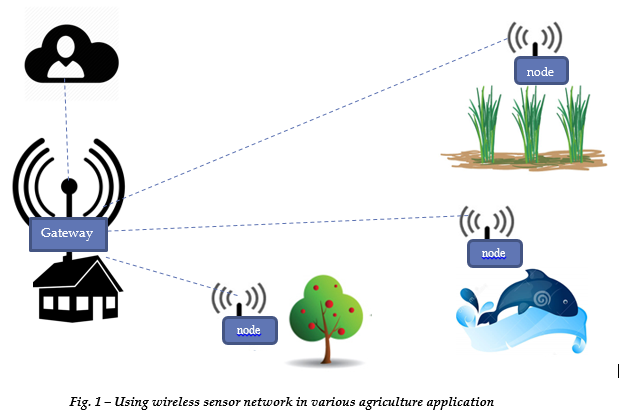Final report for Open IoT Challenge 3.0
AgriNode project: Building A Wireless Sensor Network for Agricultural Application AgriNode project goal is to build an Internet of Things – IoT solutions for various agricultural applications. We successfully developed the AgriNode system which is a Wireless Sensor Network – WSN consisting a gateway and sensor nodes. In the project, We utilized Low-cost devices (Arduino, Raspberry) and Open-sources IoT platforms (Eclipse Kura, Reactive Blocks). Webpage: https://agrinode.github.io Report (PDF version): http://bit.ly/2lQc8Er Live data: https://agrinode.mybluemix.net/ui/#/0 ACKNOWLEDGEMENT I would like to acknowledge the support of Mr. Benjamin Cabé and Miss Roxanne Joncas from Eclipse Foundation . I also sincerely thank Mr. Tim Jagenberg and Miss Anne Nevin from Bitreactive for the help of building AgriNode project software.


